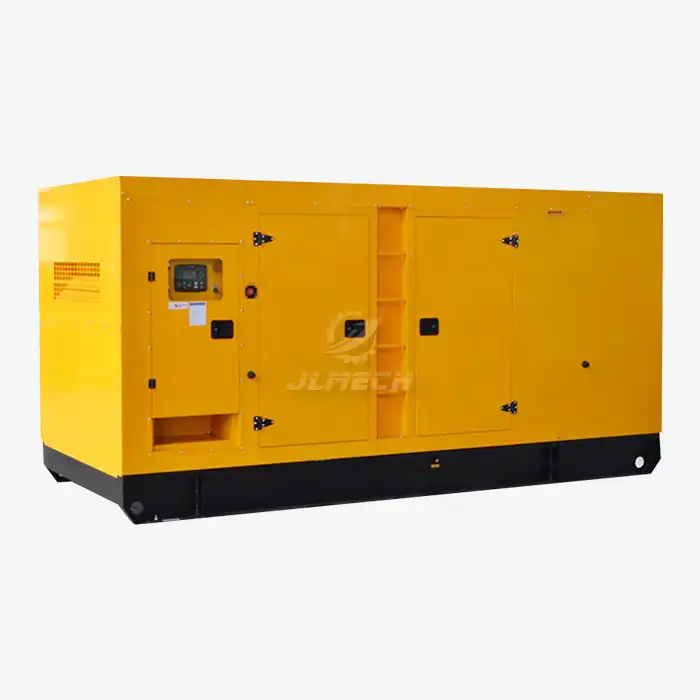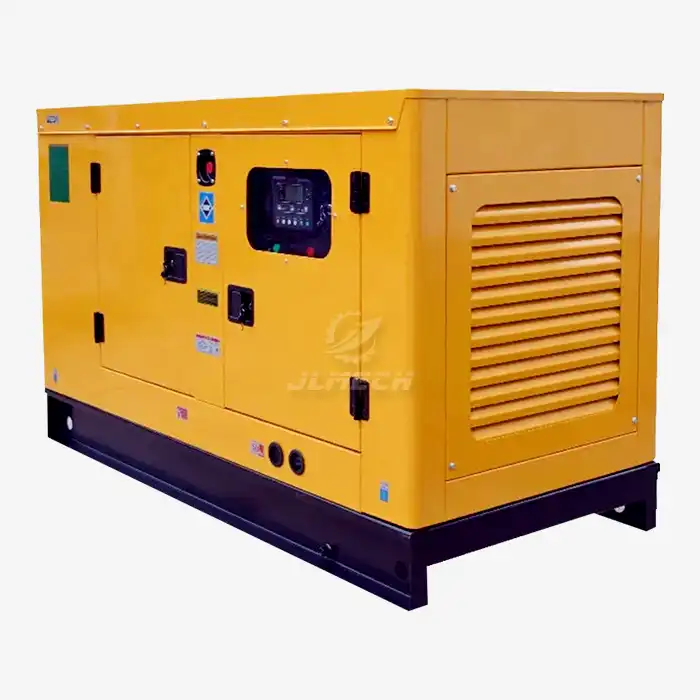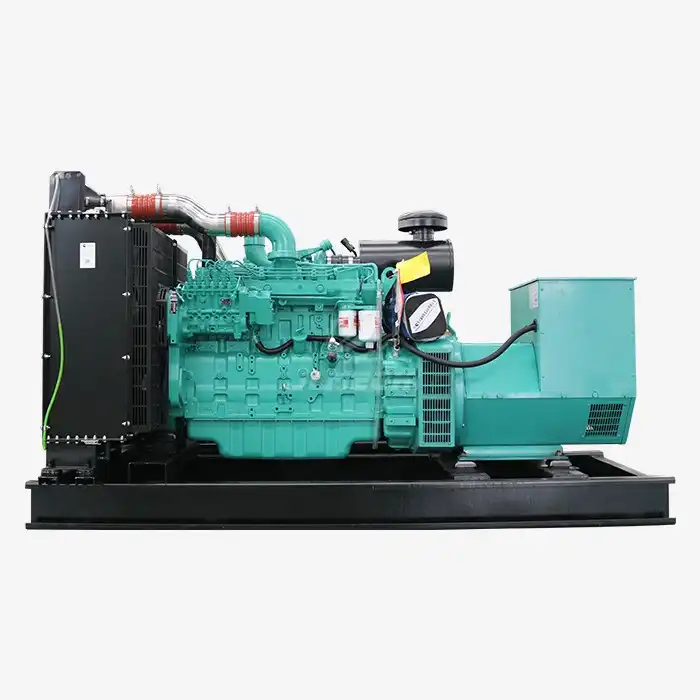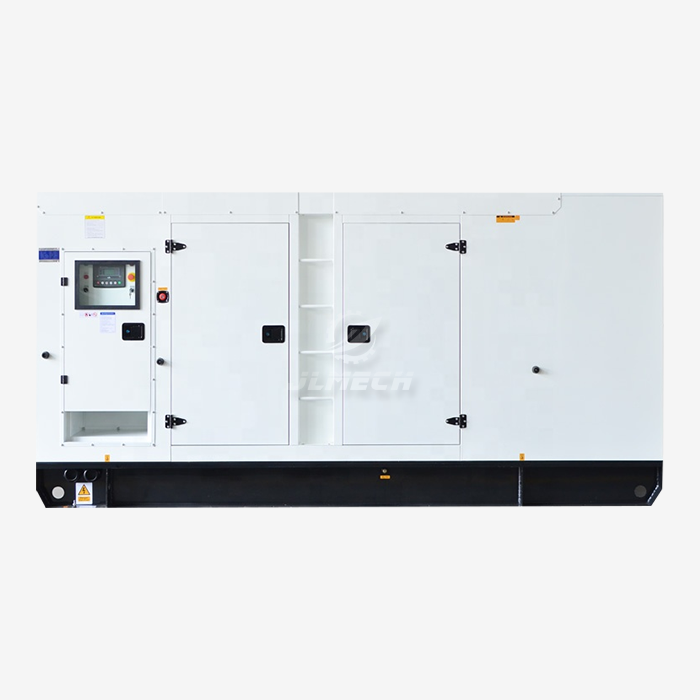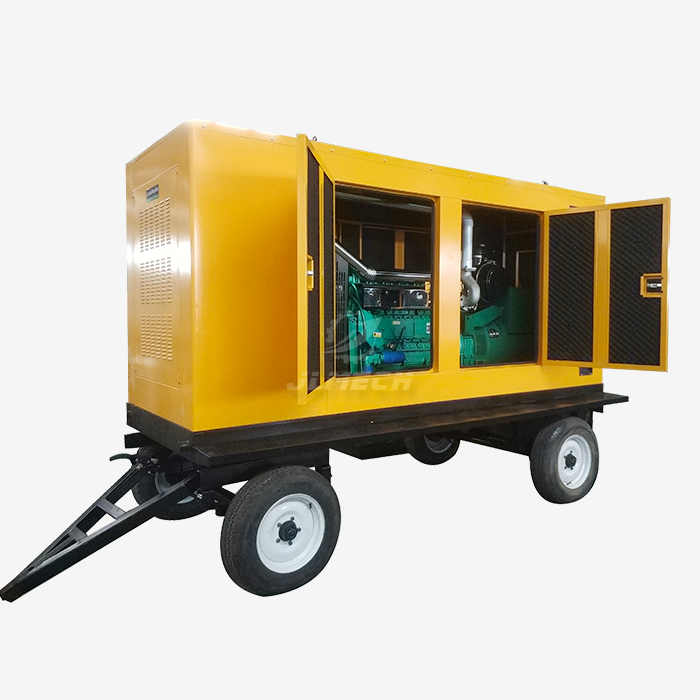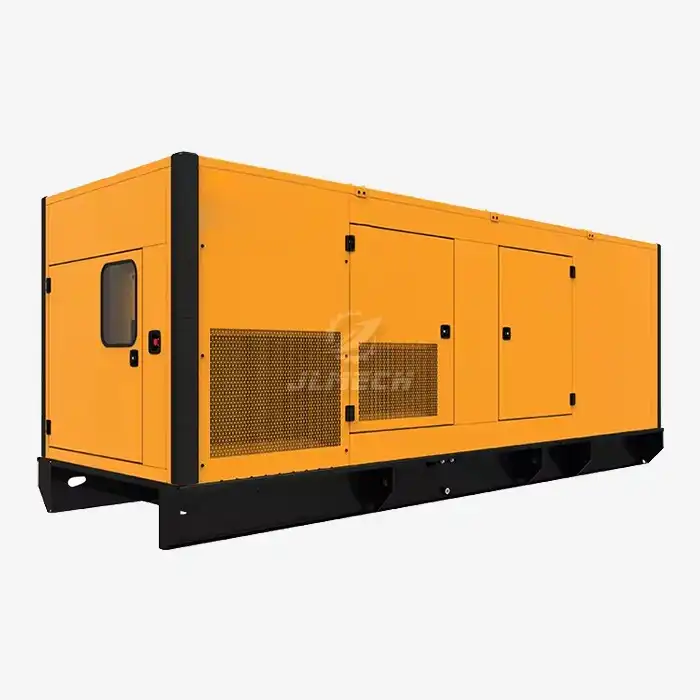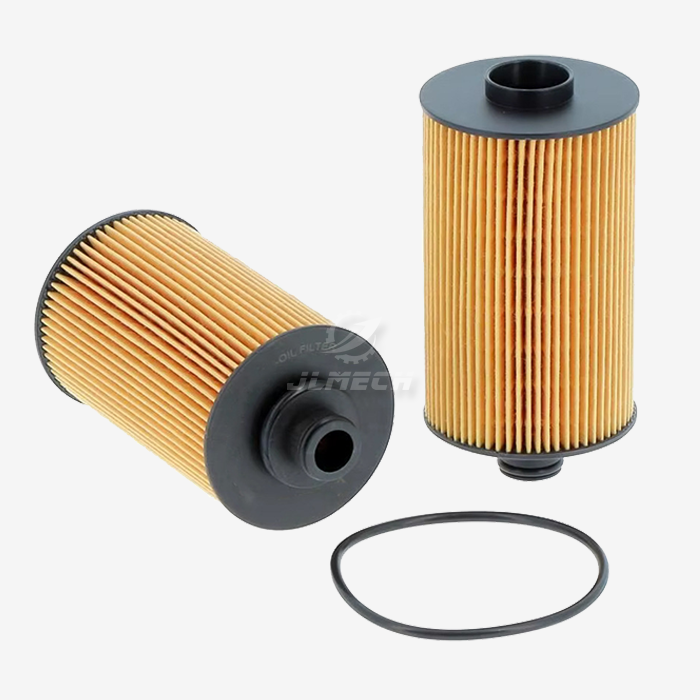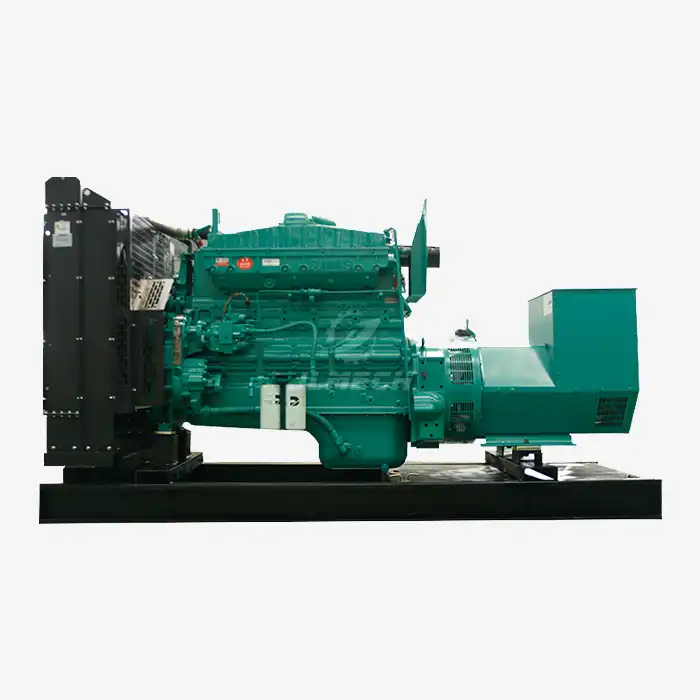Commercial Diesel Generator Installation: Site Planning Guidelines
Proper installation of commercial diesel generators is crucial for ensuring reliable power supply in various industrial and commercial settings. Whether you're planning to install a generator for a manufacturing plant, hospital, data center, or construction site, careful site planning is essential. This guide will walk you through key considerations for generator placement, compliance requirements, and site preparation to help you optimize your power solution's performance and longevity.
Effective site planning for diesel generator installation involves assessing space requirements, adhering to safety regulations, and preparing the location for equipment delivery and setup. By following these guidelines, you'll be better equipped to create a secure, efficient, and code-compliant generator installation that meets your power needs.

What Clearance Space Does Your Generator Really Need?
Determining the appropriate clearance space for your commercial diesel generator is a critical step in the installation process. Adequate space ensures proper ventilation, ease of maintenance, and compliance with safety standards. Let's break down the key factors to consider when planning your generator's placement:
Ventilation and Cooling Requirements
Diesel generators produce significant heat during operation, making proper airflow essential. Generally, you should allow at least 3 to 4 feet of clearance on all sides of the generator. This space permits sufficient air circulation for cooling and prevents overheating. For larger units or those installed in enclosed spaces, you may need to implement additional ventilation systems to maintain optimal operating temperatures.
Maintenance Access
Regular maintenance is crucial for the longevity and reliability of your generator. Ensure there's enough space around the unit for technicians to perform routine checks, repairs, and replacements. A good rule of thumb is to leave at least 3 feet of clearance on three sides and 4 feet on the service side of the generator.
Fuel Storage Considerations
If your generator requires on-site fuel storage, factor in space for fuel tanks and their associated piping. The size and placement of fuel storage facilities will depend on local regulations and the generator's fuel consumption rate. Always consult with local authorities to ensure compliance with fuel storage requirements.
NFPA 110 Compliance: Essential Installation Requirements
Adhering to National Fire Protection Association (NFPA) 110 standards is crucial when installing commercial diesel generators. These guidelines ensure the safety, reliability, and performance of emergency and standby power systems. Let's examine some key NFPA 110 requirements:
Location and Protection
NFPA 110 specifies that generators must be installed in a location that is protected from various environmental hazards. This includes protection from flooding, fire, and extreme temperatures. The installation site should also be easily accessible for maintenance and refueling.
Exhaust System Design
Proper exhaust system design is critical for safety and compliance. NFPA 110 mandates that exhaust systems must be designed to prevent exhaust gases from entering occupied spaces. This often involves routing exhaust pipes away from buildings and installing appropriate mufflers to reduce noise pollution.
Emergency Shutdown Procedures
NFPA 110 requires the installation of emergency shutdown devices in easily accessible locations. These devices should be clearly marked and capable of immediately stopping the generator in case of an emergency. Training personnel on these procedures is also essential for compliance.
How to Prepare Your Site for Generator Delivery and Installation
Proper site preparation is crucial for a smooth delivery and installation process of your commercial diesel generator. Here are key steps to ensure your site is ready:
Foundation and Pad Construction
A solid foundation is essential for supporting the weight of your generator and minimizing vibrations. Typically, a concrete pad is used, which should be level and capable of bearing the full weight of the generator, fuel tank, and any additional equipment. The pad's dimensions should exceed the generator's footprint by at least 6 inches on all sides.
Access Routes and Lifting Plans
Before delivery, assess and prepare access routes for large trucks and cranes. Remove any obstacles that might impede the delivery process. If crane lifting is required, ensure there's sufficient space for the crane to operate safely. Coordinate with your delivery team to develop a detailed lifting plan that accounts for the generator's weight and dimensions.
Electrical and Fuel Connections
Prepare the site for electrical connections by installing conduits and wiring as per local electrical codes. If your generator requires a separate fuel supply, ensure that fuel lines are properly installed and tested for leaks before the generator arrives. Consulting with a licensed electrician and plumber is advisable to ensure all connections meet regulatory standards.
At Jlmech, we understand the complexities of commercial diesel generator installations. Our team of experts can guide you through every step of the process, from site assessment to final installation. We offer a range of generator solutions designed to meet diverse power needs across various industries.
Jlmech's commercial diesel generators are engineered for reliability and efficiency. Our generator diesel silent 220V models, for instance, provide robust power solutions with minimal noise disturbance. These units feature AC outputs ranging from 20 to 3000KW, making them suitable for a wide array of applications. With a rated AC voltage of 400/230V and a frequency of 50Hz, these generators are compatible with most commercial and industrial power systems.
Our generators are equipped with advanced features such as water-cooled engines, electric starting systems, and fuel tanks capable of holding 50 to 5000L for extended runtime. We prioritize customization, offering OEM/ODM options to tailor our generators to your specific needs. All our products are certified to meet CE, Euro 5, EPA, and CARB standards, ensuring compliance with global regulations.
When you choose Jlmech, you're not just getting a generator; you're investing in a complete power solution backed by our extensive expertise and global support network. Our 52 engineers and 27 senior technicians work tirelessly to optimize generator performance for various environments, from tropical climates to high-altitude locations.
Conclusion
Proper site planning is essential for the successful installation and operation of commercial diesel generators. By carefully considering clearance requirements, adhering to NFPA 110 standards, and thoroughly preparing your site, you can ensure a smooth installation process and optimal generator performance.
Are you ready to enhance your power infrastructure with a reliable diesel generator solution? Jlmech is here to assist you every step of the way. With our extensive experience serving industries from manufacturing to healthcare, we understand the unique power needs of businesses like yours. Our team of experts can help you select, install, and maintain the perfect generator for your specific requirements.
Don't let power interruptions disrupt your operations. Contact Jlmech today at skala@whjlmech.com to discuss your commercial diesel generator needs. Let us power your success with our cutting-edge solutions and unparalleled support.
References
- National Fire Protection Association. (2022). NFPA 110: Standard for Emergency and Standby Power Systems.
- American Society of Civil Engineers. (2021). Guidelines for Electrical Equipment Installation.
- U.S. Department of Energy. (2023). Commercial Building Energy Efficiency Standards.
- Environmental Protection Agency. (2023). Emissions Standards for Stationary Diesel Engines.
- Institute of Electrical and Electronics Engineers. (2022). IEEE 1547: Standard for Interconnecting Distributed Resources with Electric Power Systems.
- Occupational Safety and Health Administration. (2023). Safety Guidelines for Generator Installation in Industrial Settings.



